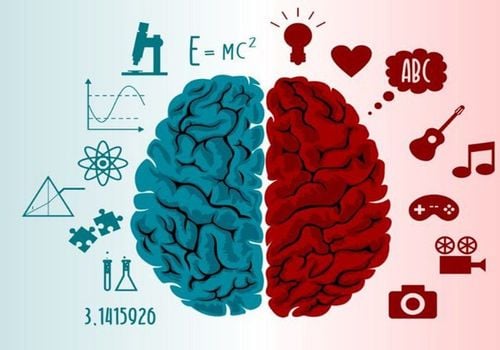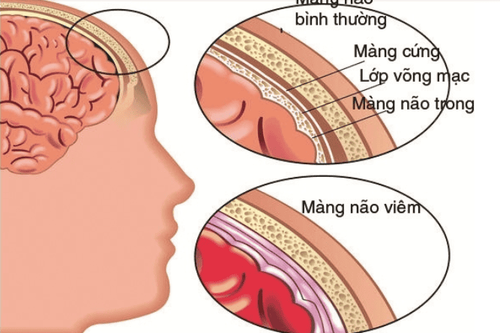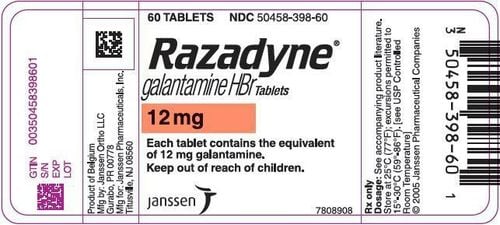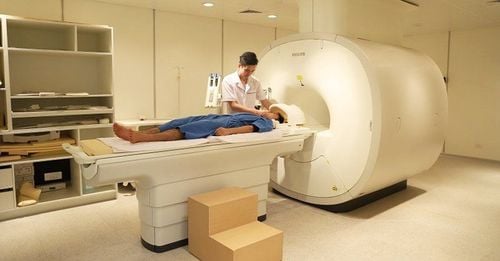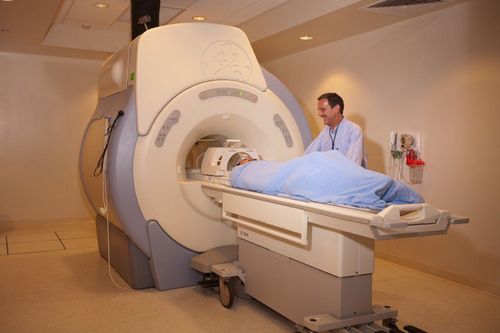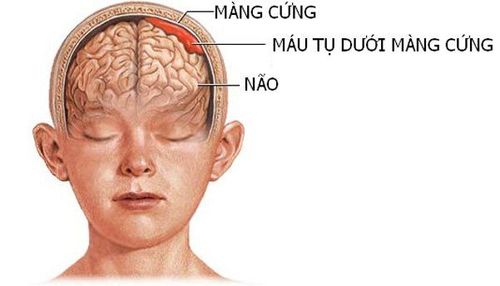This is an automatically translated article.
Some neuroscientists argue that the function of the human brain is best explained by unilateralism, which means that the right and left hemispheres of the brain perform very different functions. different and the two sides communicate through each party's connections. So what does the right hemisphere of the brain control?
1. Parts of the brain?
The nervous system includes the brain and spinal cord. The brain is an important organ that controls thoughts, memory, emotions, touch, motor skills, vision, breathing, temperature, hunger, and all bodily processes.
The brain can be divided into the cerebrum, brainstem, and cerebellum:
The cerebrum consists of the right and left hemispheres, connected by the corpus callosum which is a bundle of nerve fibers. Functions of the cerebrum include: movement initiation, coordination, temperature, touch, vision, hearing, judgment, reasoning, problem solving, emotion, and learning. The brainstem includes the midbrain, pons, and medulla. Functions of this area include: eye and mouth movements, relaying of sensory messages (such as heat, pain, and loudness), respiration, consciousness, heart function, involuntary muscle control movements, sneezing, coughing, vomiting and swallowing. The cerebellum is located at the back of the head. Functions include: coordinating active muscle movements and maintaining posture, balance and balance.
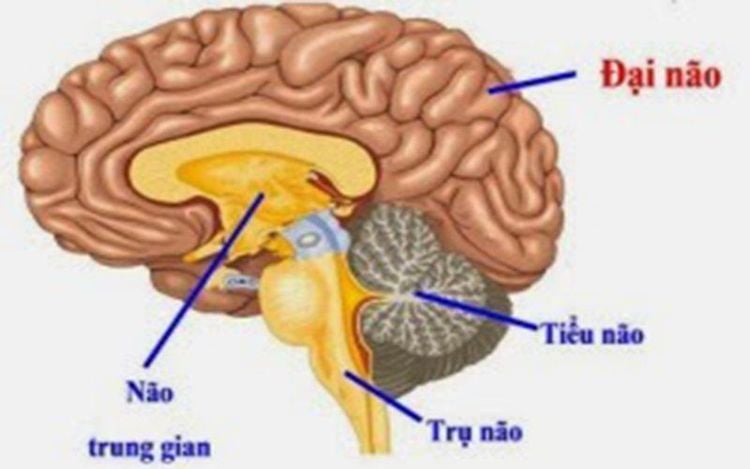
Bộ não có thể được chia thành 3 phần chính
More specifically, other parts of the brain include:
The pons: A part deep inside the brain, the pons has many areas that control eye and facial movements. The medulla oblongata: This is the lowest part of the brain, plays the most important role of the entire brain and contains important control centers for the heart and lungs. Spinal cord: This is a large bundle of nerve fibers located in the back that extends from the base of the brain to the lower back, the spinal cord carries nerve signals from other regions of the body to the brain and vice versa. Frontal lobe: This is the largest part of the brain located at the front of the head, the frontal lobe is involved in personality traits and movement, smell perception. Parietal lobe: The middle part of the brain, the parietal lobe helps people identify objects and understand spatial relationships (where a person's body is compared to objects around the person). Occipital lobe: The occipital lobe is the posterior part of the brain that is involved in visual function. Temporal lobes: The temporal lobes are involved in short-term memory, speech, musical rhythms, and the level of smell perception.
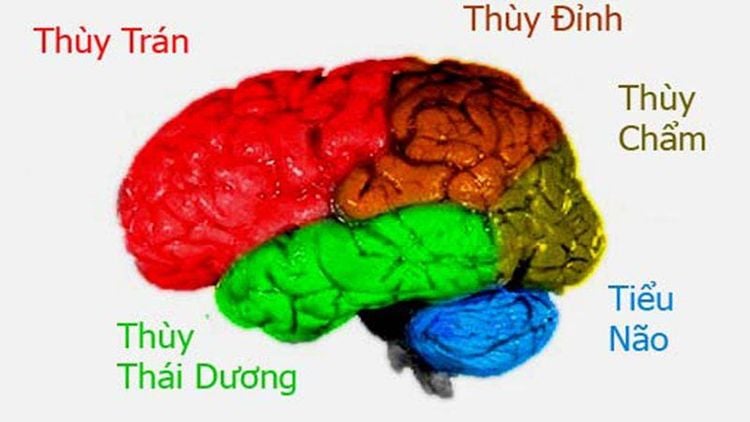
Não bao gồm nhiều thùy
2. What are the functions of the right hemisphere of the brain?
The brain is a complex organ that performs many functions and the 2 hemispheres of the brain communicate with each other to carry out all the important processes in the body. Both the left and right sides of the brain look very similar, but they also have some differences, especially in the processing of information. Lack of coordination between different parts of the brain can lead to several forms of pathology.
Right side of brain controls left side of body. A hemispheric person must dominate in the arts. The specific functions of the right hemisphere are as follows:
Creativity Imagine Intuition Holistic thinking Art Visual perception Nonverbal cues Rhythm Daydreaming Emotions Other brain functions must include:
It allows young children to grasp and understand the concept of more versus less. The right hemisphere of the brain is responsible for a number of cognitive functions such as: attention, processing visual shapes and patterns, emotions, meaning of implications. Children under 3 years old are mainly controlled by the right brain.

Não phải chịu trách nhiệm cho chức năng cảm xúc
3. Tips for healthy brain
According to the Alzheimer's Association, keeping the brain active can help increase vitality and create new brain cells. And the association also suggests that lack of mental stimulation may increase the risk of developing Alzheimer's disease. Here are a few tips to keep your brain stimulated:
Set aside time each day to read, write, or both. Non-stop learning. Take a class, attend a lecture, or try to learn a new skill. Crossword puzzles and sudoku games. Play memory games, video games. Picking up new hobbies requires focus. In addition to thinking exercises, your brain also benefits from physical exercise. Just 120 minutes of aerobic exercise per week can improve learning and verbal memory.
Avoid junk food and make sure to get all the nutrients you need through your diet, supplements and sleep.
Vinmec International General Hospital is not only a famous hospital for its professional quality of medical examination and treatment, but also stands out for its standard medical system and equipment along with perfect medical services. satisfaction for all customers who come for medical examination and treatment.
To register for examination and treatment at Vinmec International General Hospital, you can contact Vinmec Health System nationwide, or register online HERE
References: healthline.com, hopkinsmedicine .org livescience.com, medicinenet.com, brainmadesimple.com.




